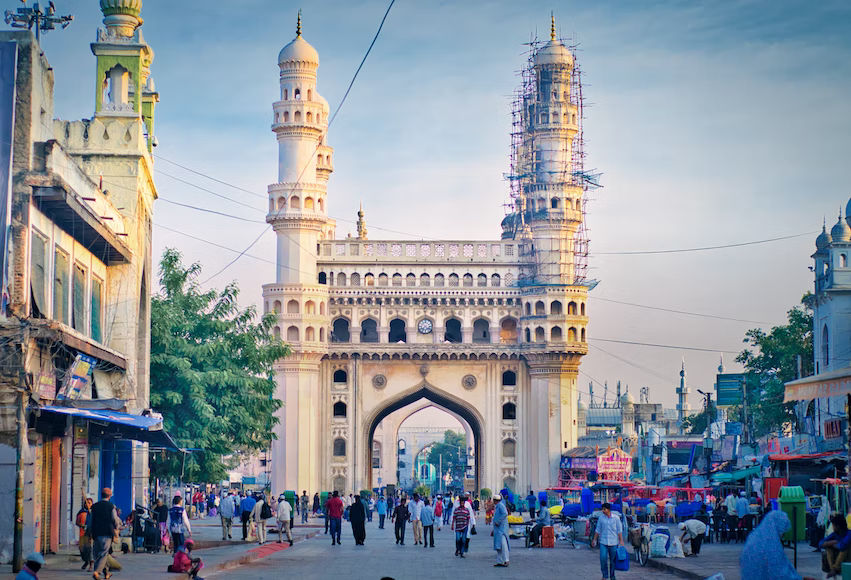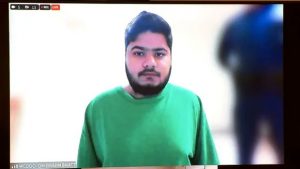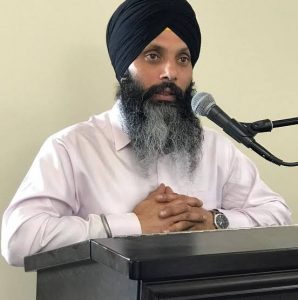The Liberation of Hyderabad and its incorporation into the Indian Union is a historical moment with differing political perspectives that will be marked by parallel events. The Union government will label September 17 as Hyderabad Liberation Day, while the Telangana government will record it as National Integration Day, as the BJP and Telangana Rashtra Samithi (TRS) compete for votes in the Telangana assembly elections next year.
Also read: Cheetahs at Kuno National Park: Total money spent on the operation
On September 17, 1948, the Nizam of Hyderabad, Mir Osman Ali Khan, the seventh in the Asaf Jahi dynasty, surrendered in the aftermath of Operation Polo, an Indian military invasion of Hyderabad. It is widely assumed to be the day Hyderabad joined the Indian Union.
In reality, this is not the case. The Nizam’s formal and complete accession occurred on January 26, 1950, when the Government of India appointed him Rajpramukh of Hyderabad state.
Also read: Watch: PM Narendra Modi releases African cheetahs at Kuno National Park
While India gained independence in 1947, it took police action led by India’s first home minister Vallabhbhai Patel to liberate the princely state of Hyderabad. The former Hyderabad state included present-day Telangana, Karnataka’s north-eastern districts of Kalaburagi, Bellary, Raichur, Yadgir, Koppal, Vijayanagara, and Bidar, and Maharashtra’s Marathwada region.
Operation Polo: The Hyderabad Police Action 1948, by S.N. Prasad is the first volume compiled by the Union Ministry of Defence’s historical division. It states that the Nizam of Hyderabad was eager to reach an honourable compromise with India.
Also read: Asiatic cheetah extinction: How Indian cheetahs disappeared
On September 23, 1948, in a broadcast to the Islamic world about “the true facts of the Hyderabad situation,” the Nizam denounced the Laik Ali government and the Razakar militia for bringing about “the most intense communal hatred, which unfortunately in the position I was, I could not prevent” for more than eight months. He explained how the Razakars, led by Kasim Razvi, had no controlling interest in the country and no track record of service.
“By methods reminiscent of Hitlerite Germany, it took possession of the state; spread terror into all elements of society, Moslem and non-Moslem, that refused to bend knees to them; committed arson and looting on a large scale, particularly against Hindus; and rendered me completely helpless,” the Nizam stated.
Also read: The journey of eight cheetahs from Namibia to India
On September 17, Maharashtra and Karnataka celebrate Marathawada Mukti Sangram Diwas and Hyderabad-Karnataka Liberation Day, respectively. The initiatives of Swami Ramanand Tirtha, Govindbhai Shroff, Vajayantra Kabra, and PH Patwardhan, who struggled for independence from the Nizam, are acknowledged during the memorial services.







